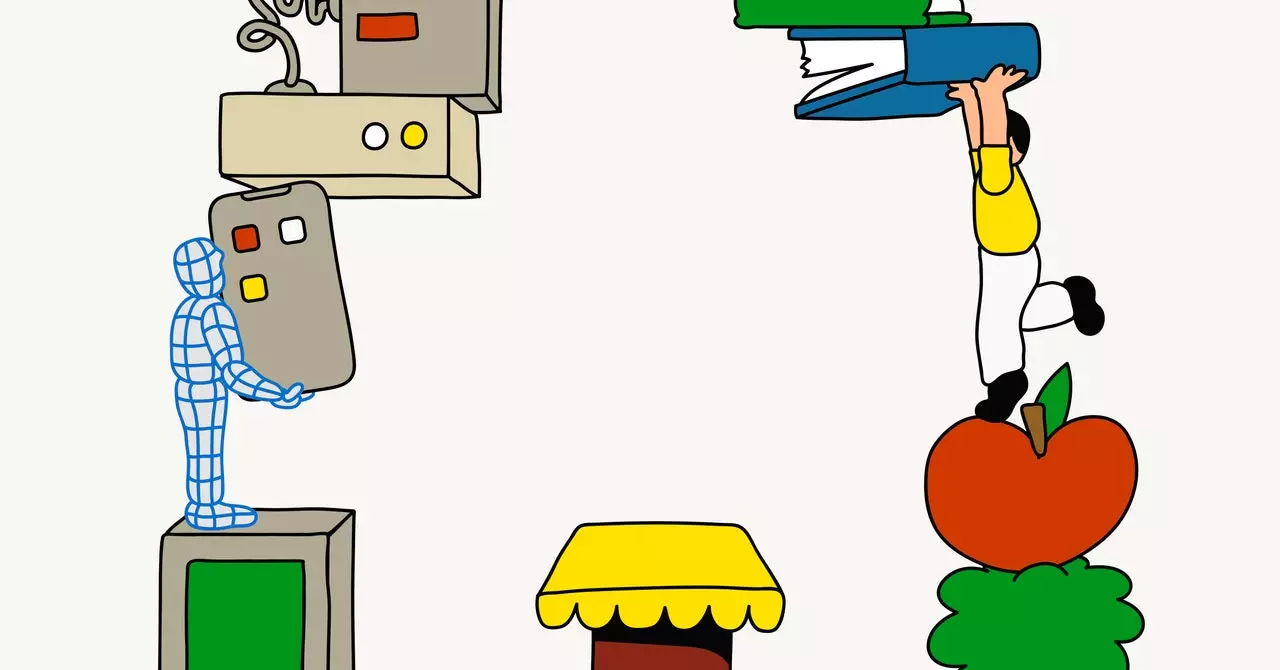The trajectory of organizational structures has remained surprisingly static since the advent of the organizational chart in the mid-19th century. Hierarchical frameworks characterized by multiple tiers of management have dominated the corporate landscape, a backdrop rooted in our limited cognitive capacity to manage complexity. At the heart of this entrenched model is a reliance on human intelligence and attention to govern workflows, which has, until recently, constrained innovation and adaptability within institutions. Yet, as we inch closer to 2025, a seismic shift looms on the horizon, driven by advances in artificial intelligence, particularly large language models (LLMs), which possess the potential to revolutionize our approach to business operations.
The AI Revolution: A Catalyst for Change
While individual applications of AI, such as personal assistants and automated task management, have seen rapid adoption, the collective integration of AI into organizational frameworks has been slow. However, the upcoming years promise to reveal a paradigm shift. Forecasts suggest that 2025 will be a pivotal year when visionary organizations will begin to weave AI into the very fabric of their operational designs. This transformation transcends mere automation; it encapsulates the creation of entirely new methodologies that marry human ingenuity with artificial intelligence, redefining productivity and collaboration.
In contemplating the potential transformation, it’s essential to recognize that the integration of AI is not simply about enhancing efficiency but about fostering an environment where human and AI capacities coalesce in innovative ways. The key to this organizational metamorphosis lies in moving beyond isolated AI implementations to a cohesive, organization-wide strategy that synchronizes human creativity with machine processing power.
Startups are at the forefront of this AI-driven evolution, leveraging cutting-edge technology to minimize traditional overheads while maximizing output. Reports from venture capitalists indicate a growing interest in “AI-native” startups—agile enterprises that are building their operational structures around seamless human-AI collaboration from inception. These organizations typically consist of small, highly skilled teams that operate fluidly with sophisticated AI systems, achieving productivity levels parallel to those of much larger firms.
While startups reap the benefits of a streamlined operational model, established corporations stand to gain even more by embracing AI integration. These bigger entities carry the advantage of existing talent pools and resources, allowing them to tap into collective intelligence in ways previously unimagined. By addressing inefficiencies and harnessing the strengths of their workforce, large organizations can unlock newfound opportunities for growth that were stifled under traditional hierarchical structures.
Transformational Opportunities for Established Corporations
Transitioning to an AI-integrated structure poses significant challenges for established companies, necessitating considerable research and development efforts to explore AI’s potential within their specific contexts. Unlike traditional software applications, which can often be compartmentalized and delegated to IT departments, AI requires a more nuanced understanding. Each department’s workers and leaders may serve as the primary innovators, identifying use cases that enhance productivity and job performance. This democratization of AI within firms creates a compelling narrative: The real competitive edge will stem from employees capable of unlocking the full capabilities of AI systems, crafting innovative solutions rather than relying on IT as the sole source of expertise.
In light of this integration, we can anticipate that the organizational structures that will emerge will be markedly different from traditional models. As teams become more fluid, capable of forming and dissolving around specific objectives, AI-powered systems will serve as essential connectors and facilitators of collaboration. Middle management functions will likely evolve, shifting their focus toward coordinating human-AI partnerships rather than simply overseeing workers, marking a profound transformation in corporate culture.
Ultimately, as we approach 2025, organizations that excel will not necessarily be those that boast the most advanced AI technologies. Instead, they will be defined by their ability to synergize human capabilities with artificial intelligence, creating valuable products and services that reflect this new paradigm. This evolution stands as a testament to our capacity to adapt and innovate in a rapidly changing world, ushering in a new era of organizational excellence that hinges on collaboration—between human minds and intelligent machines.

